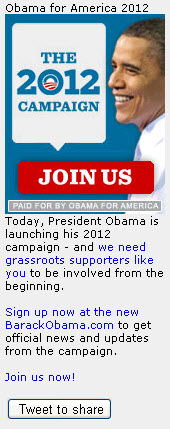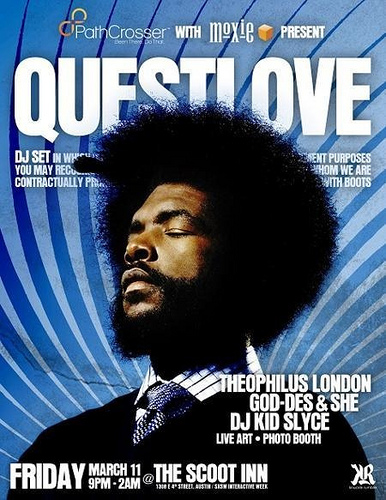Academic Bloggers: Influence Beyond the Classroom
April 18th, 2011
The New York Times has finally uncovered a category of “celebrity professor” that we’ve known about for years: The Academic Blogger. Congratulations to the blogging profs of Blogads U. Here’s hoping you make it into your school’s recruiting materials.
Ann Althouse, Althouse, University of Wisconsin, Madison, Law School
Her Internet life and her academic life, however, occupy largely separate silos. “I’m more vigorous, mocking and deliberately humorous online,” she says. “But I would never make fun of a student or tear one down.”
Juan Cole, Informed Comment, University of Michigan
Academics are uniquely positioned as bloggers, Dr. Cole believes. “People value the information and analysis more than my stray opinions,” he says. “I present information that I can dig out because of my academic expertise, language knowledge and cultural knowledge that’s not present in other news reporting.”
Eugene Volokh, The Volokh Conspiracy, University of California, Los Angeles
Focused on free speech, gun rights and constitutional law — with the occasional personal digression, favorite recipe or discourse on a popular song thrown in — the Volokh Conspiracy is fairly consistent in its libertarian point of view.
Glenn Reynolds, Instapundit, University of Tennessee College of Law (Blogads University Professor Emeritus)
Founded in 2001, Instapundit is the apotheosis of academic blogs, the inspiration for many that have followed. Professor Reynolds is still surprised: “I get e-mails from people who I think of as much bigger deals than me, and they’re trying to get attention by having me link to something on my blog.” He describes his readers as “people on Capitol Hill,” “technogeeks” and “a truck driver who e-mails me regularly from the road.”
Looking to advertise on leading academic blogs? We’ve got a full range of academic bloggers, covering everything from economics to law to the Kinsey Institute.















